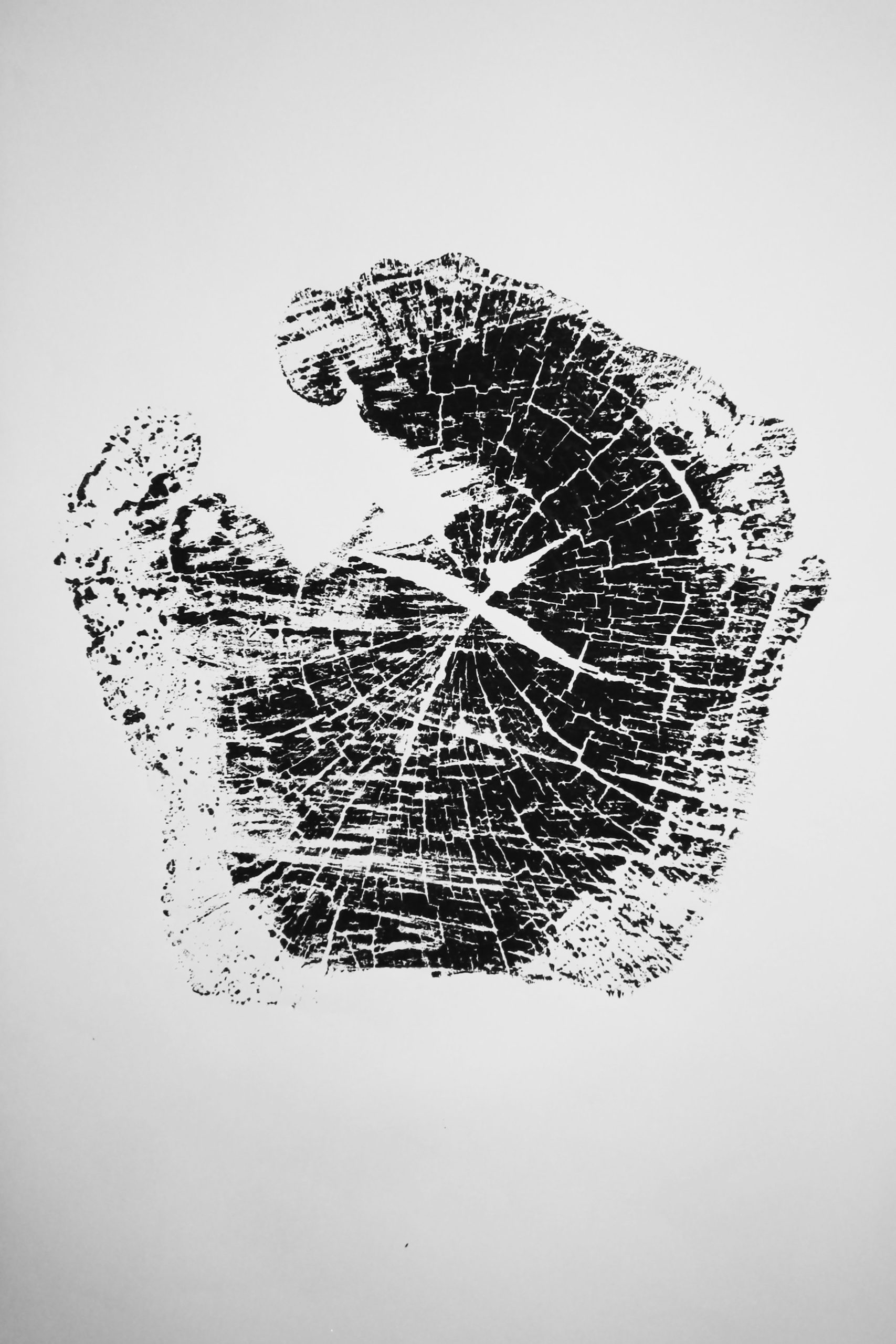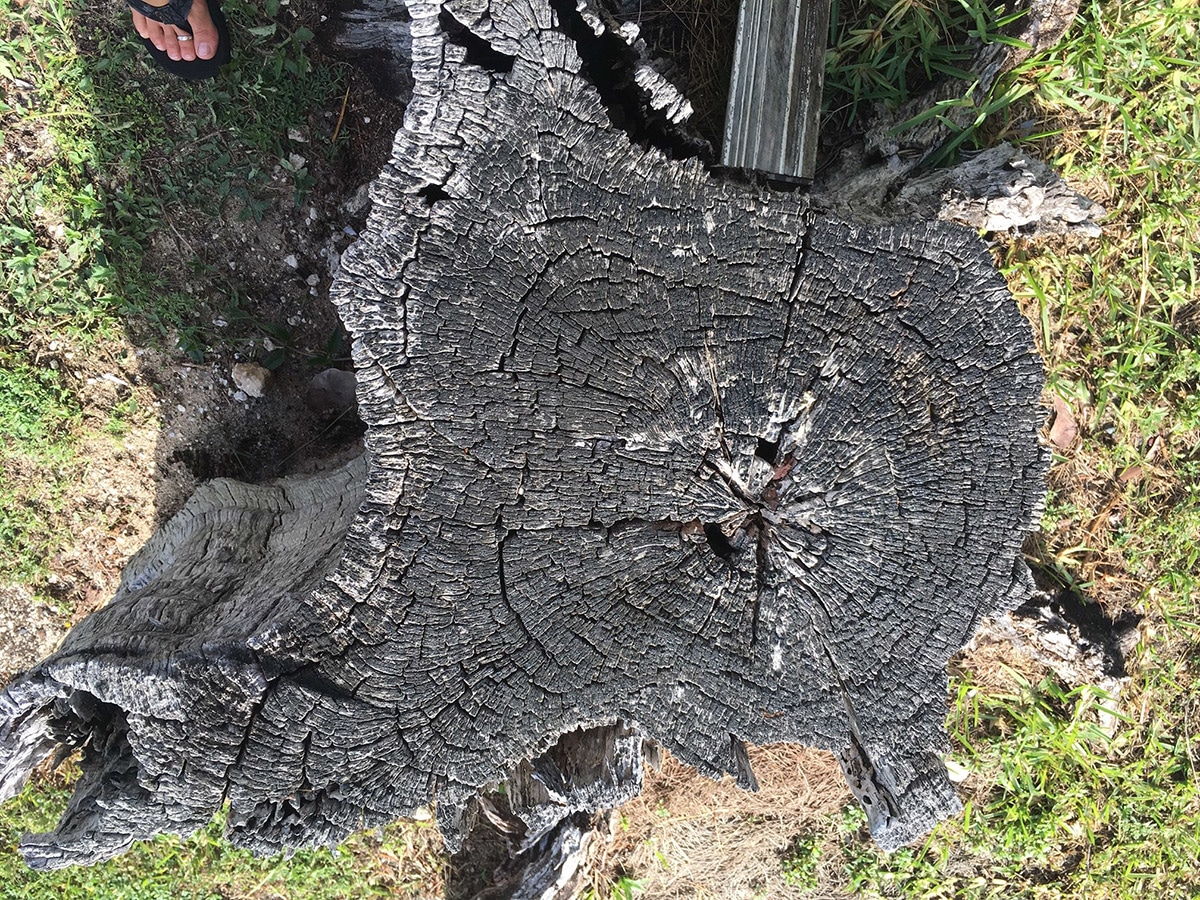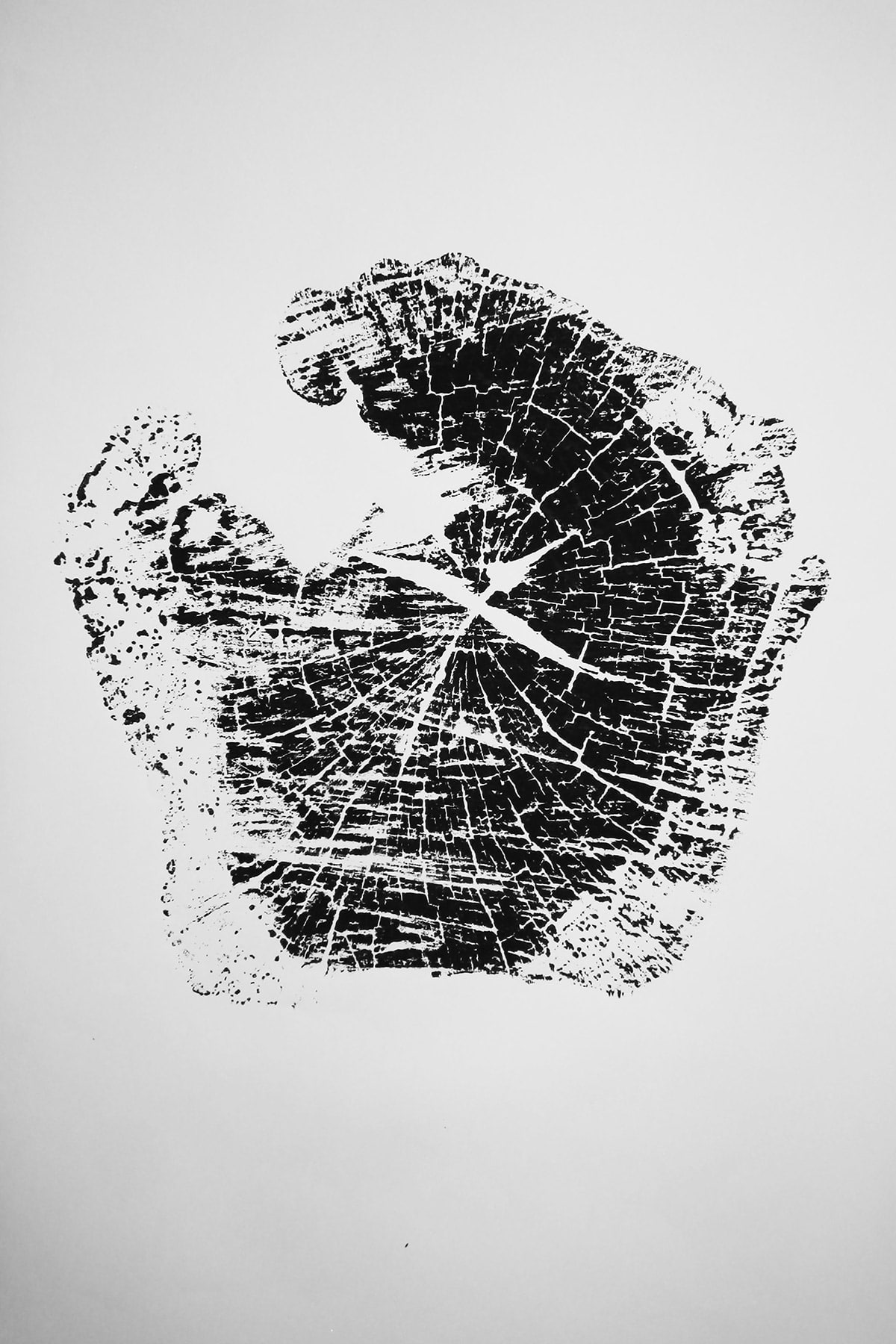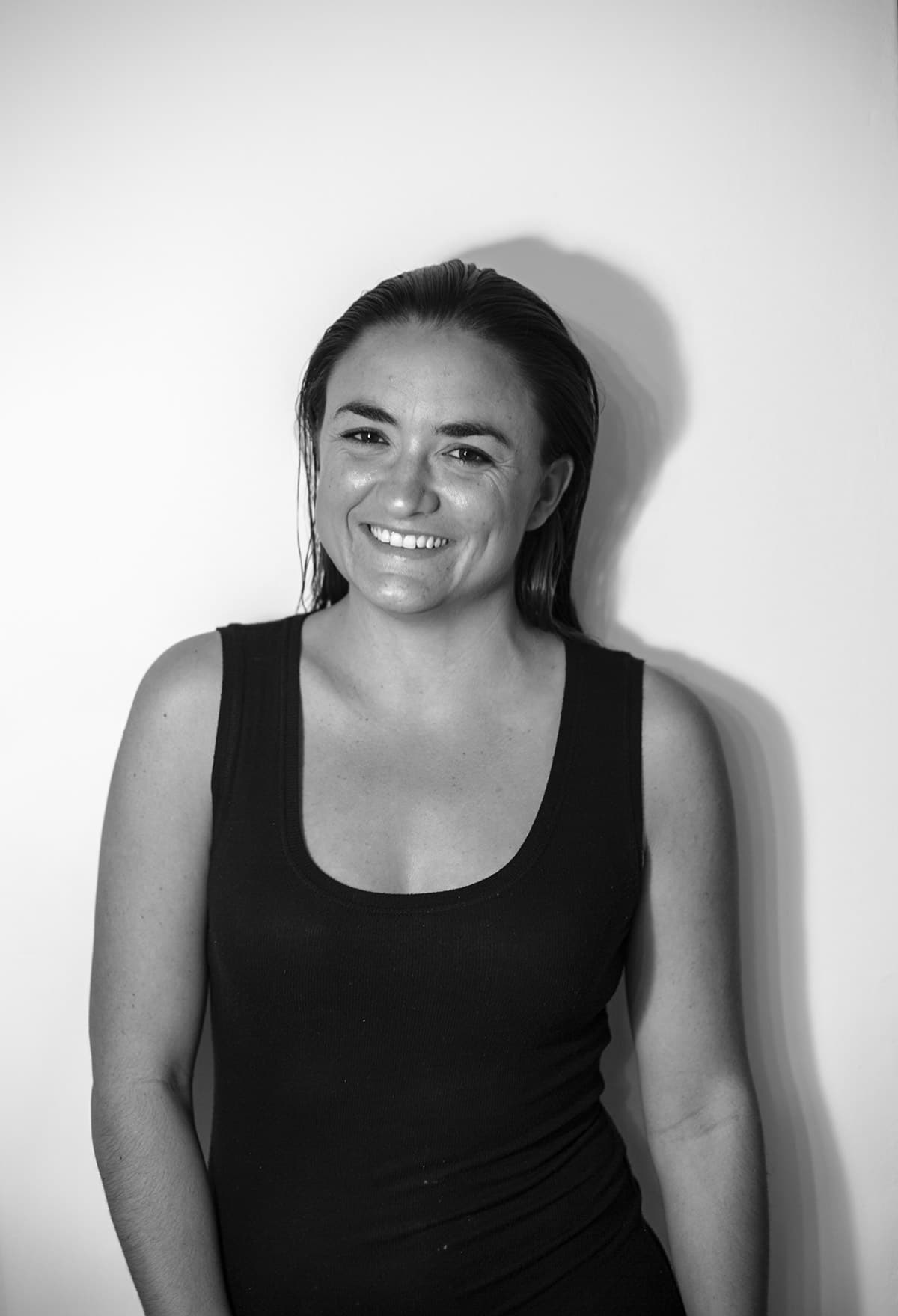
By Natalie Willis
“Space is not a scientific object removed from ideology or politics. It has always been political and strategic.” – Henri Lefebvre
But how do you strategize something that grows organically? Cities pose that very question for us. Henri Lefebvre, a French philosopher and sociologist with a heavy Marxist influence, was interested in the fabric of our everyday lives and particularly in the ownership of spaces, particularly cities. I’d wager he’d have a field day in Nassau – with our planned and unplanned spaces, historic and new, and that the upcoming printmaking project by Jenna Chaplin for the National Exhibition 9 (NE9) might whet his appetite too.
The way that nature mirrors itself, even in our man-made constructions, is truly something extraordinary. The way the flowers and fruits can be representative of our own biological centres of reproduction, or the way that the xylem and phloem of plants look like highways, all of it is a certain kind of repeating magic that we get to enjoy if we take just a moment to look.

Jenna Chaplin printmaking in-situ on West Bay Street from the stumps of felled casuarinas.
Initially, Chaplin’s prints look to be maps of imagined cities, or cities familiar to us in some small way through the way they mirror other cities in the world. These prints, however, are not a carefully constructed lino-cut, produced after painstaking hours of labour in a studio. They are, instead, a product of the outdoors, of walking, and of having to stand on a median in the middle of traffic. In the aftermath of Hurricane Matthew, there was a palpable sense of fear around trees for the upcoming hurricane season. Seeing houses and walls and cars ruined by falling trees lead to a sort of Poinciana-panic, and avocados, casuarinas, and a number of trees deemed too tall to be “safe” found themselves uprooted or chopped down – the latter of which piqued Chaplin’s interest, particularly along the Cable Beach strip along West Nassau Street.
Aside from the notions of violence against nature that this sort of imagery conjures up, Chaplin, a landscape architect, found herself exploring through visual art the importance of these wooden, towering sentinels on city life and on the movement of people. Having spent her life here in Nassau before university, mostly living on a boat with her family before making the big move to the US for school, Chaplin, like all of us, has an appreciation for the beauties and troubles of this historic city. After living abroad for so long, in cities more sprawling and developed than our own (which is hard to think of sometimes with the speed at which Nassau seems to be growing beyond its means), she noticed the lack of mobility. We know of the difficulties for upward economic movement for the vast majority of families here, but this also correlates to the way we can (or can’t) move in spaces, as Chaplin explains:

Print by Jenna Chaplin to feature in the upcoming NE9.
“For me the series is a call to intervention, specifically to the lack of street trees and designed public spaces. I want people to get the aesthetic value of looking at an interesting form in the prints, from these inked up stumps of felled trees, and through this people can realise the variety and the importance of trees in a sense. They’re living organisms, they live and die in the world around us like everything else, but there’s also more to them than that.”
Her background in landscape architecture means that the work lives at an intersection of several disciplines: design and art, but also psychology, sociology, and environmental studies. The prints, with their organic forms that undoubtedly refer to their origins on the stumps of the trees, also remind us of the cities they live in with the network of veins and pathways that criss-cross the section of the tree. Chaplin’s work is a reminder, in many ways, that these seemingly docile, immovable beings affect us and our own mobility, safety, and even our happiness more greatly.

Portrait of the artist.
“They have major value not just aesthetically and environmentally, which are the more obvious ways to think about them, but also have value economically and socially and psychologically in the way they change the psyche of a space. I’m trying to call attention to the lack of that understanding. It was something I didn’t realise fully until I moved back home. I took it for granted growing up that we don’t have many pedestrian-friendly areas with street trees, and even though I did get to travel, I just always thought that this is just how Nassau is and how things are. I didn’t compare it until I lived in cities with more planning and started studying the way that trees affect cities in terms of economics and the psychology of the people living in these spaces. It affects us far more than we’d like to think.”
The casuarinas are in some ways no loss because of the invasive nature of the species, but Chaplin’s project calls us to question why more trees have not been planted in their stead? Why it is that we do away so quickly with the things that quite literally give us breath and life in their own small part? This is Chaplin’s first time displaying work in the National Exhibition, and she looks forward to displaying this cross-disciplinary project for the NE9, while we are looking forward to the discussions bound to happen! The NE9, opens on Thursday, December 13th at 6:00 p.m., and is free and open to the public.